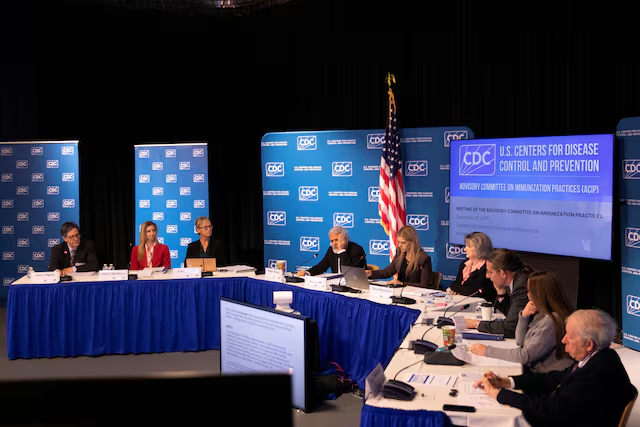Recent shifts in U.S. public health policy have profoundly altered who is advised to get vaccinated against COVID-19. The new rules, driven by federal agencies such as the FDA and CDC under current leadership, restrict vaccine recommendations to narrower segments of the population. These changes are sparking concern among public health professionals and confusion among the general public.
What the New Guidelines Say
- The FDA has limited its approval of the latest COVID-19 vaccine versions largely to older adults (65+) and people of any age with high-risk medical conditions. Healthy younger adults, pregnant individuals, and children now find themselves largely outside the group that’s recommended to receive the vaccine.
- Healthy individuals under 65 typically must have an underlying health condition to qualify. Otherwise, they may still get vaccinated, but it often requires consultation with a healthcare provider or a prescription, depending on the state.
- Similarly, the CDC has revised its guidance: instead of broadly encouraging vaccination for all, the agency is now urging those in high-risk groups, the elderly, and people already vulnerable to severe disease to stay up to date with the latest shots. The language around vaccinating healthy children and pregnant women has been softened to “shared decision-making”, driven by individual risks and benefits rather than a blanket policy.
Why These Changes Came About
- Public health officials point to rising immunity in the population—through previous infections and earlier vaccinations—as a factor in the risk profile shifting.
- The benefit vs. risk calculus for healthy young people is seen as less favorable than before, according to agency analyses: severe outcomes are much less common in those groups. At the same time, vaccine side effects—though still rare—are being more closely watched.
- There’s also concern about resource allocation: focusing vaccine availability on those most likely to suffer severe illness may be viewed as a more efficient use of public health resources.
Reactions & Concerns
- Some medical groups have pushed back. They argue that excluding healthy children, pregnant people, and younger adults from formal recommendations risks creating gaps in population protection. Children too young to mount strong immune responses, or with developing systems, may still face risks.
- There’s a public confusion risk: people used to straightforward “everyone should get the shots” messages now saw a patchwork of advice that differs from state to state or even clinic to clinic. This affects trust, as well as actual access.
- Insurance coverage may be impacted. When the government bodies narrow formal recommendations, insurers sometimes mirror those policies—meaning healthy people outside of high-risk categories may face higher out-of-pocket costs or more difficulty getting the shot through pharmacies.
What It Means for You
- If you’re in a high-risk category—older age, compromised immune system, chronic illnesses—these guidelines strongly favor you getting vaccinated. The authorities continue to recommend that people in these groups stay up to date.
- If you’re a healthy adult under 65 without underlying conditions, or a pregnant person or parent considering vaccination, the decision is now more individualized. Talking with a doctor about your personal risk (including exposure, local case rates, underlying health conditions) is more important than ever.
- For children, especially the very young, or for pregnant individuals, there is no ban—just a shift away from broad federal recommendation toward having more personalized discussions.
Why This Is a Big Deal
- These changes represent one of the biggest redirections in U.S. COVID-19 vaccine policy since the rollout began. The shift underscores how vaccine strategy must evolve as the virus, immunity, and public risk evolve.
- It puts the focus on balance: protecting public health while avoiding over-vaccinating people at very low risk. But balancing that isn’t easy—public health outcomes depend heavily on uptake, clarity, and trust in what’s being recommended.
- The margins matter: small drops in vaccination in groups not explicitly encouraged may lead to higher vulnerability in those communities—especially if a more severe variant emerges, or in areas with lower access to healthcare.














Leave a Reply